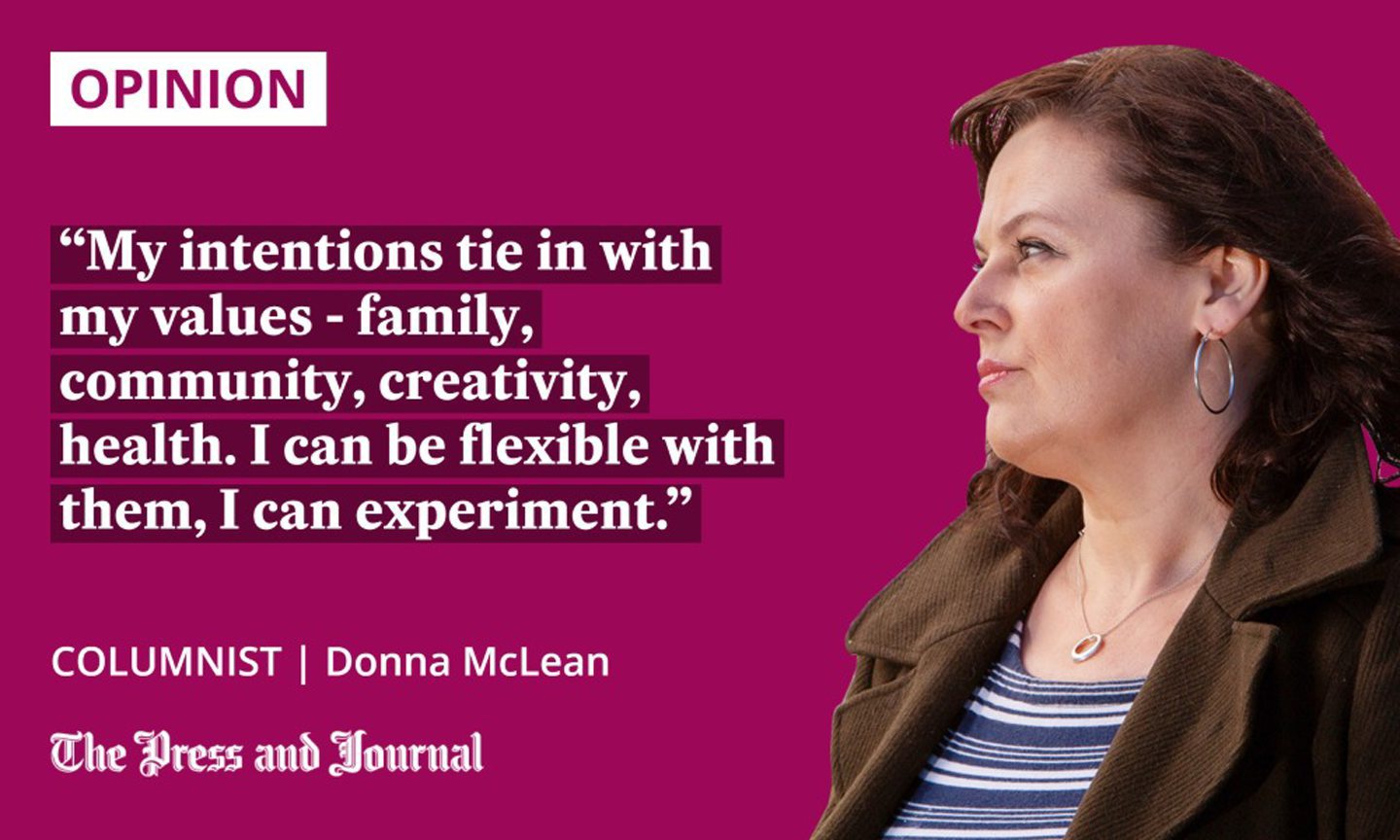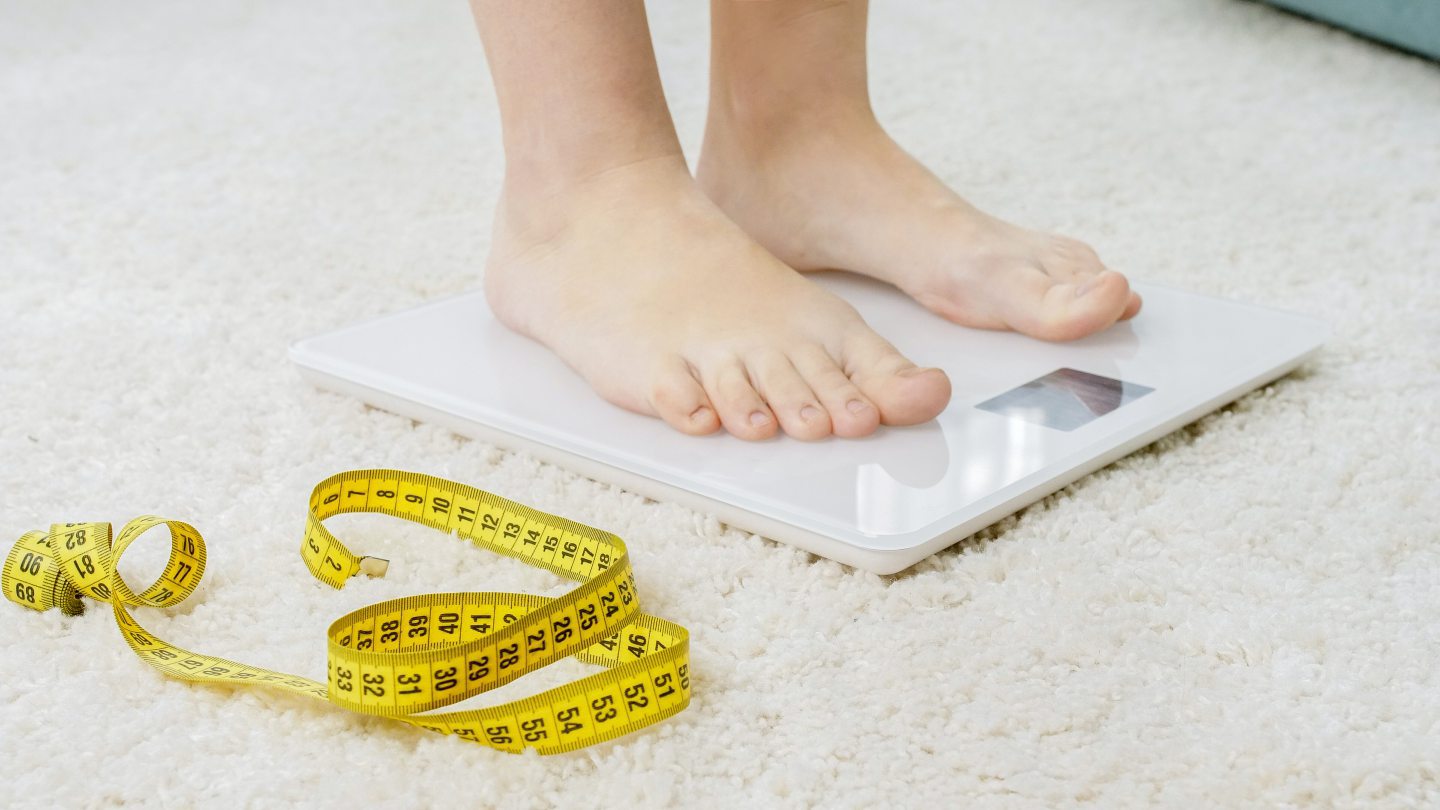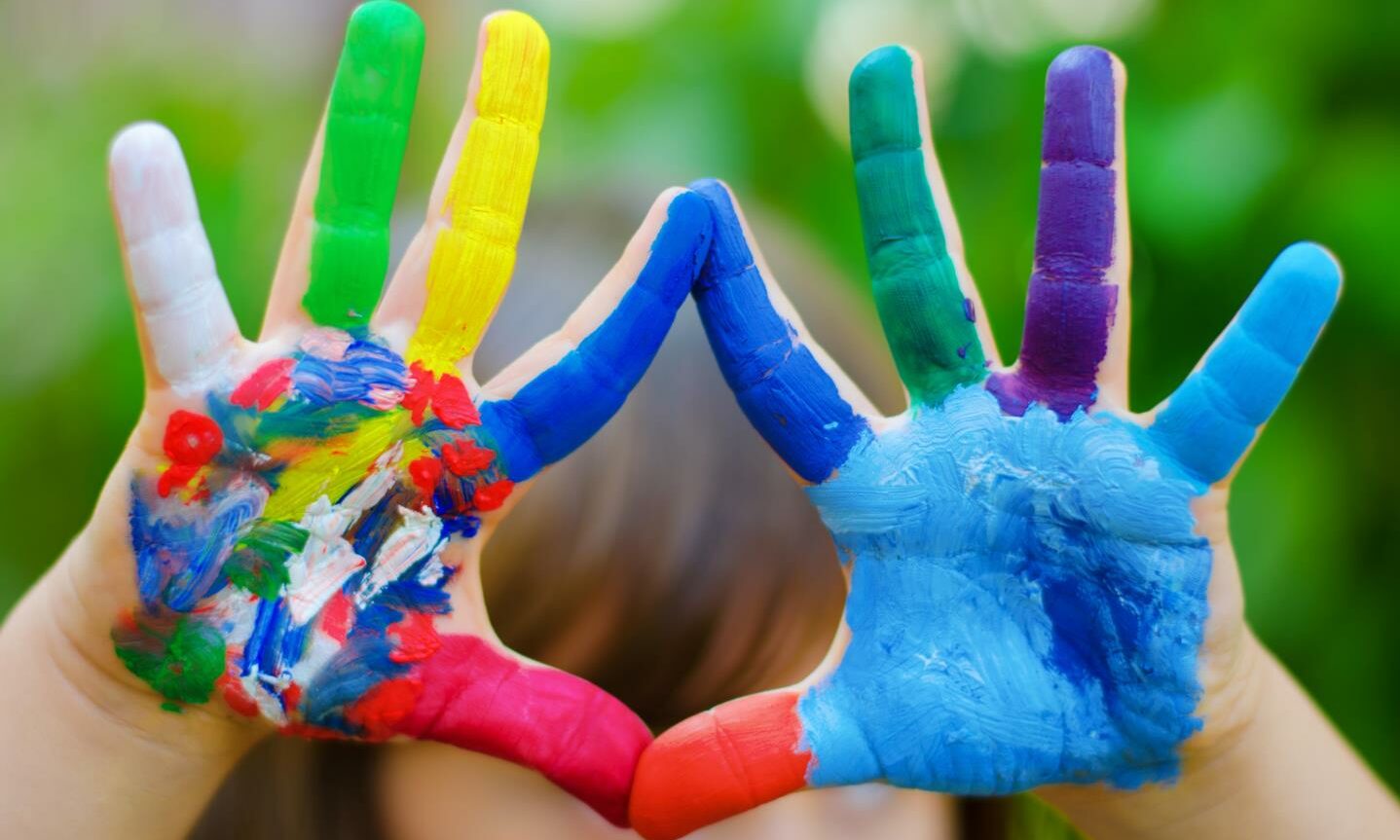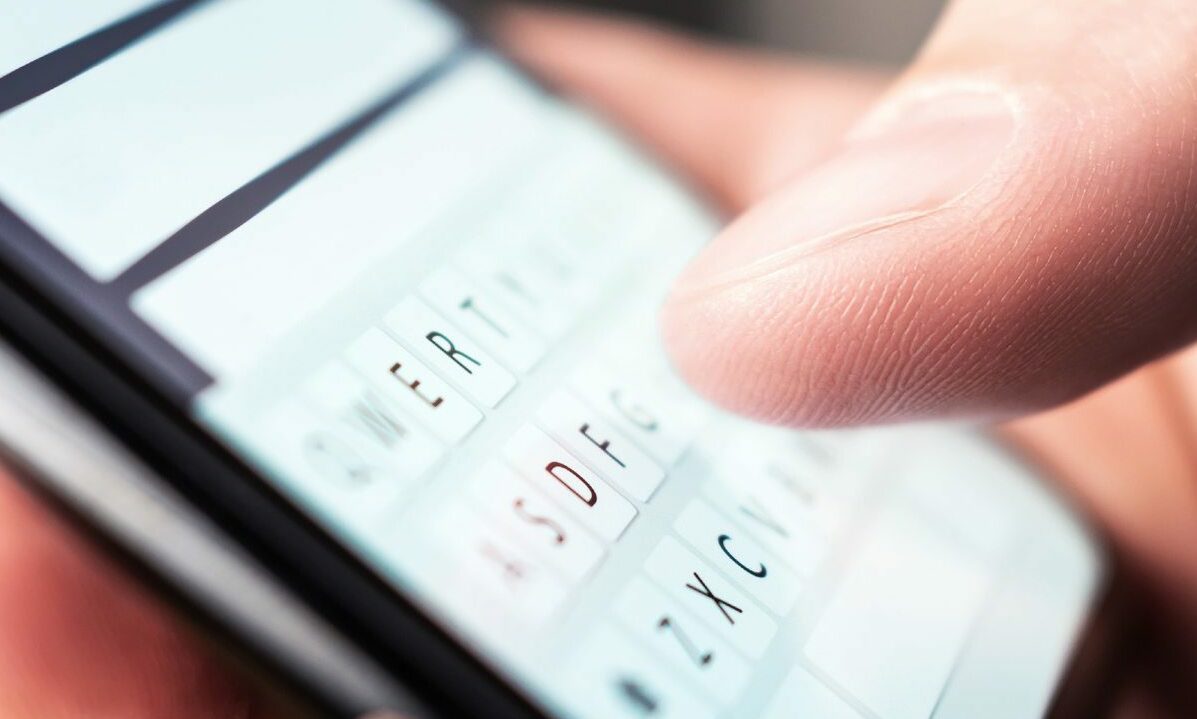Intentions can incorporate several areas, rather than narrowly focus on one, like resolutions, writes Donna McLean.
I spotted a newspaper column the other day that berated Generation Z – those young, woke types, according to the writer – for setting intentions rather resolutions.
Lazy was the implication. Hold my pen!
I’m a Generation X dinosaur, but I reframed my thinking from resolutions to intentions over a decade ago. I’d always been great at setting New Year’s resolutions – but downright awful at keeping them.

As a lifelong, self-critical overthinker, I set myself impossible tasks from the age of, I don’t know, eight or nine. Stop biting your nails, get straight As at 99% or above, get rid of the dark circles under your eyes. Get thinner thighs, a flat stomach, exercise for four hours a day, exist on a diet of two boiled eggs and black coffee.
Us Gen Xers grew up with impossible body image goals. I was swallowing diet pills at 16, avoiding mirrors and convinced I was too fat. (I was 5ft 7in and a size 10, at that age. Now, I sit happily at a size 14, but that took years of practising self-acceptance.)
Fast forward to my 40s, and I made a huge mental shift toward setting intentions – not just for the New Year, but for myself. I’d spent decades working in mental health and addictions treatment by this point, and had trained as a counsellor, a mindfulness teacher and then as an acceptance and commitment therapist.
I’d witnessed self-destructive cycles of behaviour from the mild to the severe, in people of all ages, and from all backgrounds. I began investigating the science behind behavioural change, and found new ways of framing my own struggles.
The difference between intentions and resolutions
What’s the difference between intentions and resolutions? It lies in their scope and specificity.
What’s so special about intentions? Only a minority of people succeed in sticking to resolutions
While resolutions tend to be singular things you can check off on your to-do list – “I’m going to lose three stone” or “I’m going to go to the gym four times a week” – intentions are broader – “I’m prioritising on my health or family”.
Intentions can incorporate several areas, rather than narrowly focus on one, like resolutions. For example, I might set the intention to be more creative, which can apply to every aspect of my life.
What’s so special about intentions? Only a minority of people succeed in sticking to resolutions. Narrow, inflexible aims – or the perceived lack of self-discipline – can quickly lead to a self-defeating cycle of guilt and shame.
I realised my goals shouldn’t be frustrating or self-punishing. In fact, I’ve scrapped the word “goals” altogether, and defined my intentions as being in line with my values. Committing to my values feels less of a chore than setting hard and fast rules for myself.
Allow yourself to have more fun
The other benefit of setting intentions is that it allows for more fun. If my intention is to be more creative, I might ask for a one-day class in jewellery-making or screen-printing for my birthday. Or plan a weekend trip to meet up with an old friend around a particular exhibition we both want to see.
Not only do these activities bring me joy in the moment, but they also spark new ideas. When I love doing something, I’m much more likely to stick with it.
So, how do I set intentions? I make two lists: values and things I enjoy doing. An example might look like this.
Values:
1. Health
2. Relationships
3. Creativity
4. Nature
5. Giving back
Things I enjoy:
1. Being by the sea
2. Art galleries
3. Being around animals
4. Creative challenges
5. Changing things for the better
My current intentions look something like this:
• Healing my knee injury and gradually longer walks
• Spending time engaged in art, theatre, live music with my children
• Prioritising writing
• Getting out of the city and closer to the sea
• Investigating fostering dogs (for people in hospital or women escaping domestic violence)
My world has opened up
My intentions tie in with my values – family, community, creativity, health. I can be flexible with them, I can experiment and try new things.
I’ll make a note of these on my phone and check in with them once a month or so. Then I can have a quick appraisal of how it’s going, what’s changed, and what else has come up.
Changing my mindset from resolutions to intentions was an absolute godsend a decade ago. I’ve had a tough time in many ways, but have also seen my world open up to a whole host of new and exciting opportunities.
In spite of losses, betrayals, chronic illness, stressful court cases and more, I feel much happier and more comfortable in my skin than I ever have before. I am a great believer in being fiercely compassionate – but life has taught me that this needs to come from a place of radical acceptance, first and foremost.
Donna McLean is originally from Ayrshire and is a mum of twins, writer and activist





Conversation